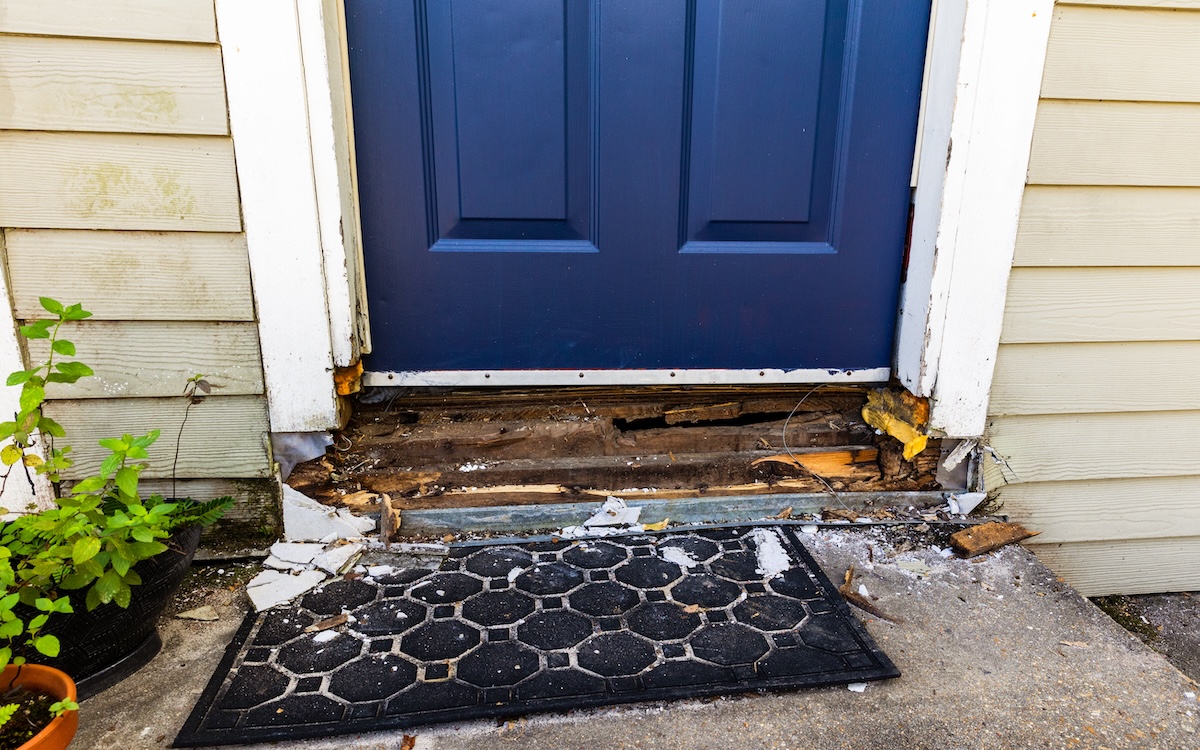The physical condition of many existing homes across the U.S. is deteriorating due to ongoing affordability issues faced by lower-income homeowners. According to a recent study from the Joint Center for Housing Studies of Harvard University, housing conditions are inadequate in many places across the U.S., and there's a lack of funding from home repair assistance programs available to fix them.
The report identifies several key issues related to current housing conditions, including: Many homes don't meet basic safety standards; existing repair programs are underfunded; housing deterioration negatively affects individuals and communities; and repair programs offer social benefits, but their effectiveness is limited by insufficient funding.
At last measure in 2021, 6.7 million households lived in moderately or severely inadequate housing with multiple physical deficiencies. Substandard housing conditions range from hazards such as large holes in floors or roofs and peeling lead-based paint, to persistent water leaks and mold, failures of heating and cooling systems, and pest infestations. The extent of these problems varies geographically and by housing type, but these deficiencies disproportionately impact renters, as well as households with lower incomes and households of color, exacerbating existing inequalities.







